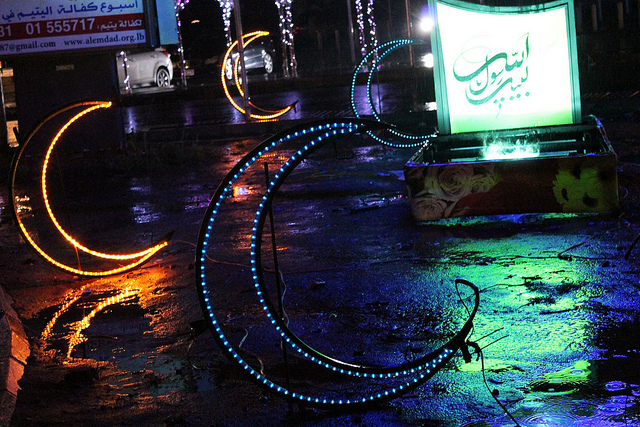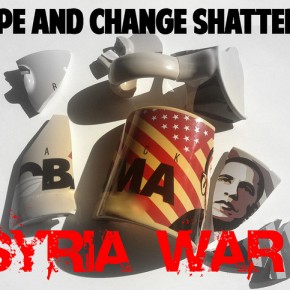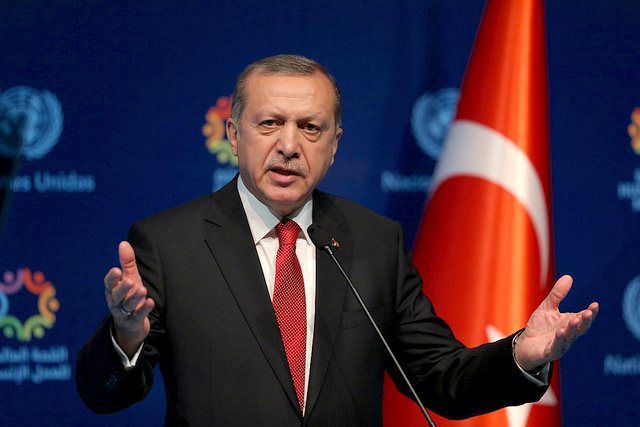I’m currently reading an English translation of the Qu’ran that contains additional commentary. It’s often frustrating to read the analysis. The publisher makes the mistake of issuing a scholarly reading of the holy text to the letter, which ignores the myriad ways that Muslims use Islam to inform their lives. The result is that philosophical discussions about what Sunnah means become the domain of increasingly hardline clerics. This situation is even worse when one considers that their ability to study fiqh is usually tied to either personal wealth, or fundamentalist patronage by states such as Saudi Arabia.
And when Muslims such as me, who understand Islam in less monocultural terms, are alienated by hardline cultural understandings of the religion, Islamic discourse becomes exclusionary. It ceases to have a respect for the heterogenous nature of Muslim social experience. In such a situation, Islamic philosophy risks no longer being a discussion by the Muslim ‘ummah about what religion, and the Sunnah, means. Instead, it is reduced to a series of non-threatening statements by officially-sanctioned scholars, who prioritize the circulation of right-wing Islamism that emphasizes the letter of the Sunnah (mainly because of complicated motivations on the part of the al-Saud Monarchy, and leaders in Muslim-majority states such as Pakistan).
These statements set the far-right cultural markers of how to be a Muslim. The task of non-clerical populations is then reduced to fully emulating these models. The determinations for being considered ‘religious’ therefore predicates on our ability to obey particular standards of Islamic discipline. Far-right Salafism contains a built-in disdain for bid’ah, which ends up being levied as an insult against those who break the authoritarian mold and seize the religion for alternative interpretations of how to be a Muslim.
Divergent interpretations of Surat-al-Kafirun are a prime example of why this is a problem. The surah itself is often interpreted to be a command for religious tolerance because of its final line: lakum-dinukum-waliyyah-din (“for you is your faith, and for me is my faith.”) The book I’m reading is dismissive of this interpretation, arguing that it was “not revealed to preach religious tolerance as some people of today seem to think.” Instead, it argues, Surat-al-Kafirun was meant to express disgust at the disbelievers, and that there was no opportunity for mixing and compromise with the kafirun (“disbelievers.”)
I find this insulting. Aymann Ismail published a photo essay in Animal New York that features a man who disagrees. As Ismail was photographing an alleged member of the Muslim Brotherhood tagging the door of a Coptic Christian Church with the word Islamiyyah (which is short for a phrase that means “Egypt is Islamic”,) he ran up to the vandal and begged him to stop. Ismail reports that the man told him his vandalism was against Islam, because lakum-dinukum-waliyyah-din. The vandal then punched the man, and continued his tagging, with encouragement from a small group of people.
It’s patronizing to effectively dismiss the actions of this man as misunderstanding Surat-al-Kafirun. He understood the spirit of the surah, if not its letter, to mean that he had a particular ethical imperative. He believed that lakum-dinukum-waliyyah-din commanded that he helps protect the safety of Egyptian Coptic Christians, even at the expense of his own, in the name of religious tolerance and diversity. Are we really going to dismiss his understandings of community as bid’ah? Would it be ‘more Islamic’ to silence this philosophical understanding of Islam in favor of one that recommends barely-concealed disgust?
While scholars, and clerics, have always been trusted to provide guidance for the Muslim community, it’s time that they respected alternative viewpoints. If populations do not meet the arbitrary standard of familiarity with fiqh to participate in expanded discussions, then fiqh itself must be democratized. Otherwise, discussions of how Islam can reconcile itself to modernity will lose track of the very people that are living it.
Photograph courtesy of Mhamad Kleit. Published under a Creative Commons License.





